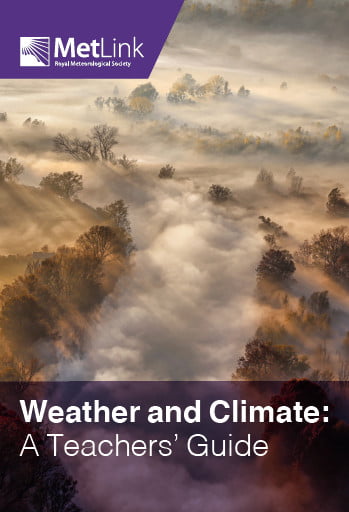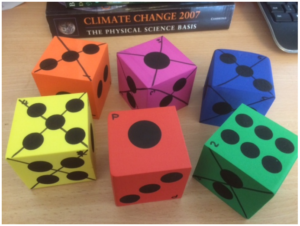Back in 2021 we released the Weather and Climate Teachers’ guide, accompanied by resources for the classroom and teacher CPD.
We are now happy to announce that the CPD ‘More For Teachers’ documents are now available as a series of short films on our YouTube channel.
The videos, like the guide, are aimed at secondary geography teachers to support the delivery of weather and climate lessons to 11–14+ year old students. They are not linked to any specific curriculum and should support teaching across all of the UK.
See the first video here:




















